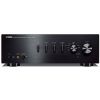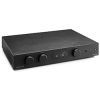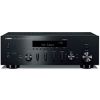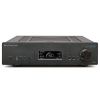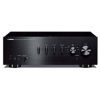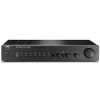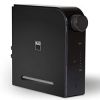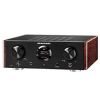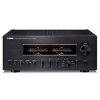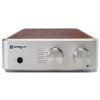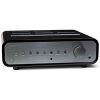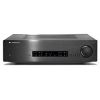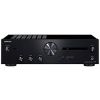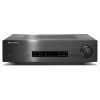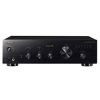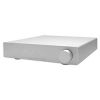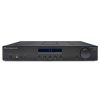-
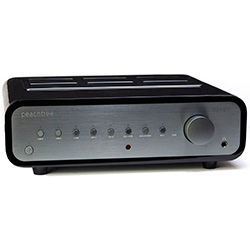
Peachtree Audio nova150
- Peachtree Audio
- | 1400
- 7
-

Yamaha A-S801
- Yamaha
- | 1000
- 378
-
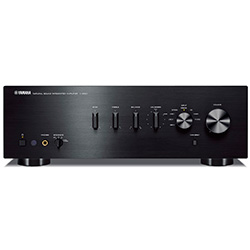
Yamaha A-S501
- Yamaha
- | 600
- 378
-
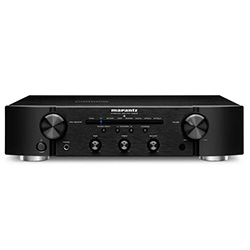
Marantz PM6006
- Marantz
- | 700
- 246
-
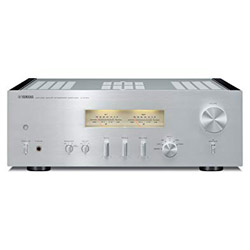 OUR CHOICE
OUR CHOICEYamaha A-S1100
- Yamaha
- | 2500
- 11
-
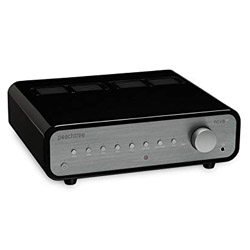 OUR CHOICE
OUR CHOICEPeachtree Audio nova300
- Peachtree Audio
- | 2200
- 7
-
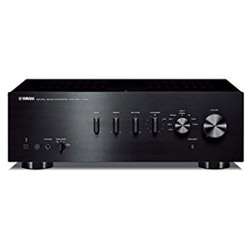 OUR CHOICE
OUR CHOICEYamaha A-S301
- Yamaha
- | 400
- 378
-
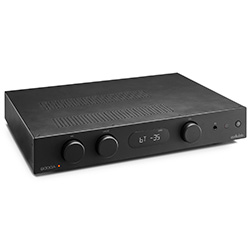
Audiolab 6000A
- Audiolab
- | 1000
- 3
-
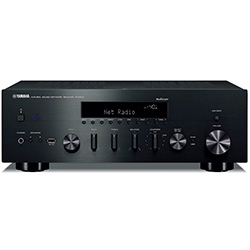
Yamaha R-N602
- Yamaha
- | 700
- 49
-
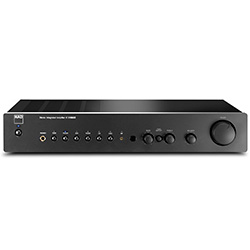
NAD C 316BEE
- NAD
- | 500
- 67
-
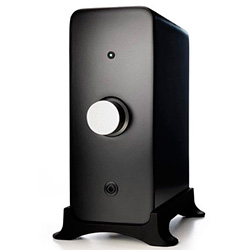
Audioengine N22
- Audioengine
- | 300
- 136
-
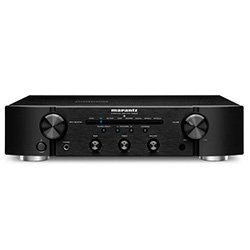
Marantz PM8006
- Marantz
- | 1200
- 30
-

NAD D 3020 V2
- NAD
- | 500
- 113
-
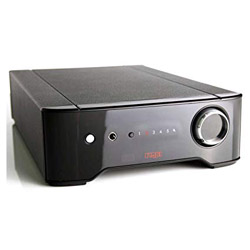
Rega Brio
- Rega
- | 1000
- 23
-
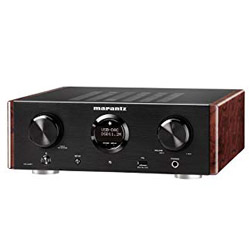 OUR CHOICE
OUR CHOICEMarantz HD-AMP1
- Marantz
- | 800
- 34
-
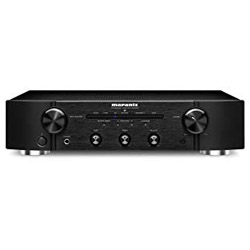 OUR CHOICE
OUR CHOICEMarantz PM5005
- Marantz
- | 500
- 47
-
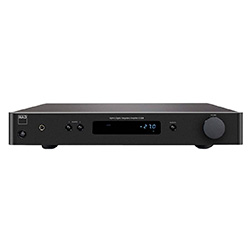
NAD C338
- NAD
- | 700
- 12
-
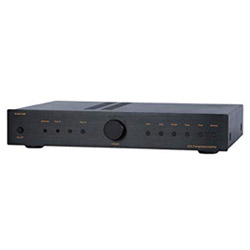
Music Hall A15.3
- Music Hall
- | 600
- 19
-
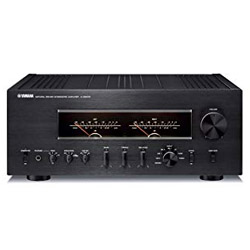 OUR CHOICE
OUR CHOICEYamaha A-S3000
- Yamaha
- | 7000
- 36
-
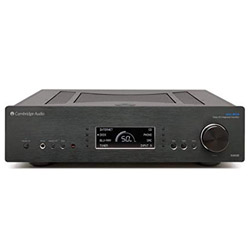 OUR CHOICE
OUR CHOICECambridge Audio Azur 851A
- Cambridge Audio
- | 1500
- 16
-

Rega io
- Rega
- | 600
-

Marantz PM6007
- Marantz
- | 700
-

PS Audio Sprout100
- PS Audio
- 127
-
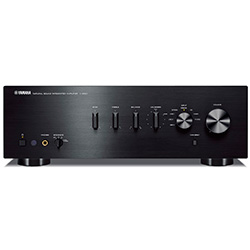
Yamaha A-S701
- Yamaha
- 378
-

Denon PMA-800NE
- Denon
- 38
-
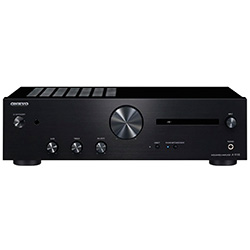
Onkyo A-9110
- Onkyo
- 65
-
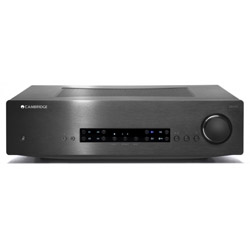 OUR CHOICE
OUR CHOICECambridge Audio CXA80
- Cambridge Audio
- 49
-
 OUR CHOICE
OUR CHOICECambridge Audio CXA60
- Cambridge Audio
- 40
-
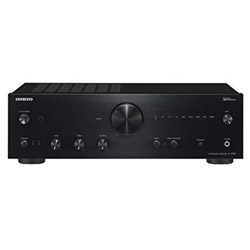 OUR CHOICE
OUR CHOICEOnkyo A-9150
- Onkyo
- 34
-
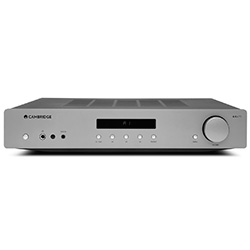
Cambridge Audio AXA35
- Cambridge Audio
-
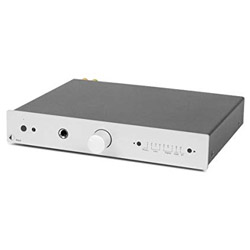
Pro-Ject MaiA
- Pro-Ject
- 9
-
 OLD MODEL
OLD MODELPeachtree Audio nova150
- Peachtree Audio
- 7
-
 OLD MODEL
OLD MODELYamaha A-S801
- Yamaha
- 378
-
 OLD MODEL
OLD MODELYamaha A-S501
- Yamaha
- 378
-
 OLD MODEL
OLD MODELMarantz PM6006
- Marantz
- 246
-
 OLD MODEL
OLD MODELYamaha A-S1100
- Yamaha
- 11
-
 OLD MODEL
OLD MODELPeachtree Audio nova300
- Peachtree Audio
- 7
-
 OLD MODEL
OLD MODELYamaha A-S301
- Yamaha
- 378
-
 OLD MODEL
OLD MODELAudiolab 6000A
- Audiolab
- 3
-
 OLD MODEL
OLD MODELYamaha R-N602
- Yamaha
- 49
-
 OLD MODEL
OLD MODELNAD C 316BEE
- NAD
- 67
-
 OLD MODEL
OLD MODELAudioengine N22
- Audioengine
- 136
-
 OLD MODEL
OLD MODELMarantz PM8006
- Marantz
- 30
-
 OLD MODEL
OLD MODELNAD D 3020 V2
- NAD
- 113
-
 OLD MODEL
OLD MODELRega Brio
- Rega
- 23
-
 OLD MODEL
OLD MODELMarantz HD-AMP1
- Marantz
- 34
-
 OLD MODEL
OLD MODELMarantz PM5005
- Marantz
- 47
-
 OLD MODEL
OLD MODELNAD C338
- NAD
- 12
-
 OLD MODEL
OLD MODELMusic Hall A15.3
- Music Hall
- 19
-
 OLD MODEL
OLD MODELYamaha A-S3000
- Yamaha
- 36
-
 OLD MODEL
OLD MODELCambridge Audio Azur 851A
- Cambridge Audio
- 16
-
 OLD MODEL
OLD MODELRega io
- Rega
-
 OLD MODEL
OLD MODELMarantz PM6007
- Marantz
-
 OLD MODEL
OLD MODELPS Audio Sprout100
- PS Audio
- 127
-
 OLD MODEL
OLD MODELYamaha A-S701
- Yamaha
- 378
-
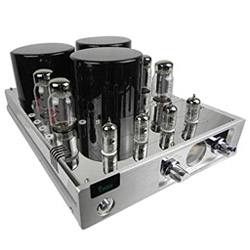 OLD MODEL
OLD MODELYAQIN MC-13S
- YAQIN
- 424
-
 OLD MODEL
OLD MODELDenon PMA-800NE
- Denon
- 38
-
 OLD MODEL
OLD MODELOnkyo A-9110
- Onkyo
- 65
-
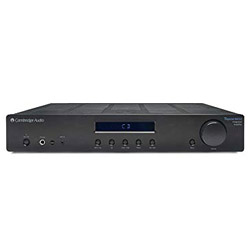 OLD MODEL
OLD MODELCambridge Audio Topaz AM10
- Cambridge Audio
- 31
-
 OLD MODEL
OLD MODELCambridge Audio CXA80
- Cambridge Audio
- 49
-
 OLD MODEL
OLD MODELCambridge Audio CXA60
- Cambridge Audio
- 40
-
 OLD MODEL
OLD MODELOnkyo A-9150
- Onkyo
- 34
-
 OLD MODEL
OLD MODELCambridge Audio AXA35
- Cambridge Audio
-
 OLD MODEL
OLD MODELPro-Ject MaiA
- Pro-Ject
- 9
-
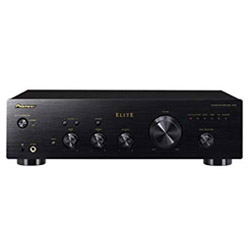 OLD MODEL
OLD MODELPioneer Elite A-20
- Pioneer
- 43
-
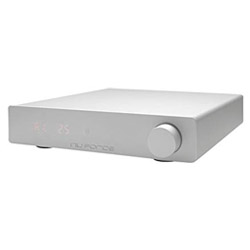 OLD MODEL
OLD MODELNuForce DDA 120
- NuForce
- 63
-
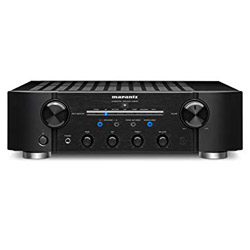 OLD MODEL
OLD MODELMarantz PM8005
- Marantz
- 23
How to choose an integrated amplifier
What is an integrated amplifier?
Prior to starting the guide on how to compare integrated amplifiers, let’s first see what the device called “an integrated amplifier” is. An integrated amplifier is an amplifier, all the functional blocks of which are located in one housing, including all controls, the preamplifier part, and the power amplifier.
Depending on the used amplifying elements, transistor, tube, and hybrid integrated amplifiers are distinguished, which include both transistors and lamps. Integrated amplifiers come with a built-in power supply unit and, with a remote, are divided into classes “A” “B” “AB” “D”, can be analog and digital. Integrated amplifiers are the most affordable and easy to connect.
Integrated amplifier vs AV receiver
So you have a home theater, receiver, and your room is full of surround speakers. This is dynamite for watching movies. But if you are creating a system primarily for listening to music, an integrated amplifier is the best choice. Since integrated amplifiers focus only on the components that calculate the most to produce first-class sound, you do not invest in additional circuitry and processing unnecessary for two-channel audio.
Even without surround sound, though, an integrated amplifier and stereo speakers can significantly improve the sound of the TV. Many models have digital audio inputs for connecting a TV or Blu-ray player. This is a cost-effective, compact way to build an excellent two-channel system for music, movies, and TV. Many integrated amplifiers also offer an output for an active subwoofer - ideal for enhancing bookshelf speakers with lots of bass or explosive movie sound effects.
Preamplifier vs amplifier
The integrated amplifier is actually two components in one - a power amplifier that generates the power you need to drive speakers, and a preamp that receives input from all your music sources, such as your CD player, turntables, AM / FM tuner or network music player.
The preamplifier also allows you to switch between sources and adjust the volume of the music. The preamplifier may also include balance and tone control.
The stereo receiver is mainly integrated into amplifiers with a built-in radio receiver. If you are not planning on listening to the radio, an integrated amplifier can make the best choice.
While amplifiers and preamps are located inside each music reproduction system, combining a preamp and a power amplifier in one common package saves space and costs (compared to individual stereo amplifiers and preamps).
How much power do you need
It depends on the sensitivity of your speakers (the ability to convert power to sound), the size of the listening room, and the volume level that you probably want.
For example, you may need 15 to 20 watts per channel for a system with small speakers on the bookshelf, especially if you only need to play music at a moderate volume level. On the other hand, you may need 200W or more for a system with large floor speakers in a large listening room with a lot of sound-absorbing surfaces.
Our experience shows that most speakers work best when they are powered by an amplifier close to the maximum rated power. But you don’t need so much to enjoy a good sound.
What kinds of inputs and outputs do you need
This integrated amplifier buying guide wouldn’t be comprehensive if we didn’t mention the next information concerning how to choose an integrated amplifier.
Analog audio inputs
RCA audio inputs are standard for connecting audio components. Almost every component source has RCA outputs.
- RCA phono input is intended for the direct connection of a turntable without a phono stage. Some of them can even accommodate the movement of cartridges, as well as the more general moving magnets of them.
- Balanced XLR audio inputs are heavy-duty, fixing three-pin connectors designed to connect high-end audio components.
Digital audio inputs
The main types of digital audio inputs for searching are listed below.
- Optical (Toslink) and coaxial (RCA) digital audio inputs provide connectivity for many digital music sources, as well as audio for video sources.
- A USB (Type B) connection allows you to connect a computer to listen to streaming or saved music files. The DAC in some integrated amplifiers can even decode high-resolution music files. Some also include a front panel USB port (Type A) for playing and charging your iPod or iPhone, or by connecting a USB flash drive.
- The Ethernet port allows you to connect the integrated amplifier to a computer network, as well as access to music from network storage devices, the Internet, and compatible computers connected to the network.
Wireless connectivity
A number of integrated amplifiers now offer this feature in several different ways.
- Built-in Wi-Fi allows you to connect the amplifier to your home’s wireless network to stream music from networked computers and music servers.
- A Bluetooth connection allows you to enjoy instant wireless music streaming from any compatible smartphone, tablet, or computer. Some Integrated Amplifiers have this feature built-in, while others may offer it as an additional option.
- Integrated amplifiers with Apple's AirPlay can stream music from your iPhone or iPad, including from apps like Spotify and YouTube.
Outputs
- A headphone jack provides a great way to enjoy music without disturbing others, so check this when trying to compare integrated amplifiers side by side.
- The subwoofer output allows you to connect an additional active subwoofer in addition to the bass response of your system.
- Some Integrated Amplifiers provide a preamplifier from / Main in connections that allow you to physically disconnect the amplifier and preamplifier from each other so that they can be used independently.
- Some Integrated Amplifiers only have one pair of speaker jacks - great if that's all you plan on using. The dual A B speaker connectors to other amplifiers offer an easy way to connect two pairs of speakers, convenient if you want to bring a second pair in another room or even outdoors.
8 ohms vs 4 ohms
Almost all amplifier manufacturers indicate the minimum recommended speaker impedance, such as 8 ohms or 4 ohms. To be safe, it is best always to follow these guidelines.
Remember that using two pairs of speakers simultaneously with an amplifier that has speaker outputs A and B changes the impedance. Always check the user manual carefully to make sure that you are operating within the safe limits of the amplifier.
Can you use a preamp with an integrated amp
The answer to this question can be given only after an experiment itself. We did this, and the sound integrated amp with the preamp made was nice. The preamp has its own volume control. But we had to turn the integrated amp's volume down almost all the way. The preamp adds so much gain that if we turn the integrated amp's volume up even a hair. It is too loud!
Does an integrated amp need a preamp
It would seem, why buy and install a preamplifier as a separate device when its integrated brothers already exist in modern audio equipment (in particular, in some models of mixing consoles)? The point is that the microphone preamps, made in the form of a separate unit, provide better sound transmission than the built-in preamps of the mixers and, as they say, have their own “sound character”. So it’s up to you whether to buy it or not. And never forget to read as many integrated amplifier comparisons as you can to come up with the right decision.
Popular integrated amplifier comparisons
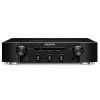

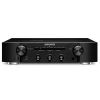


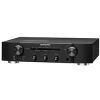

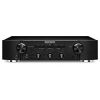
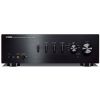
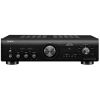
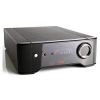



Recent reviews




